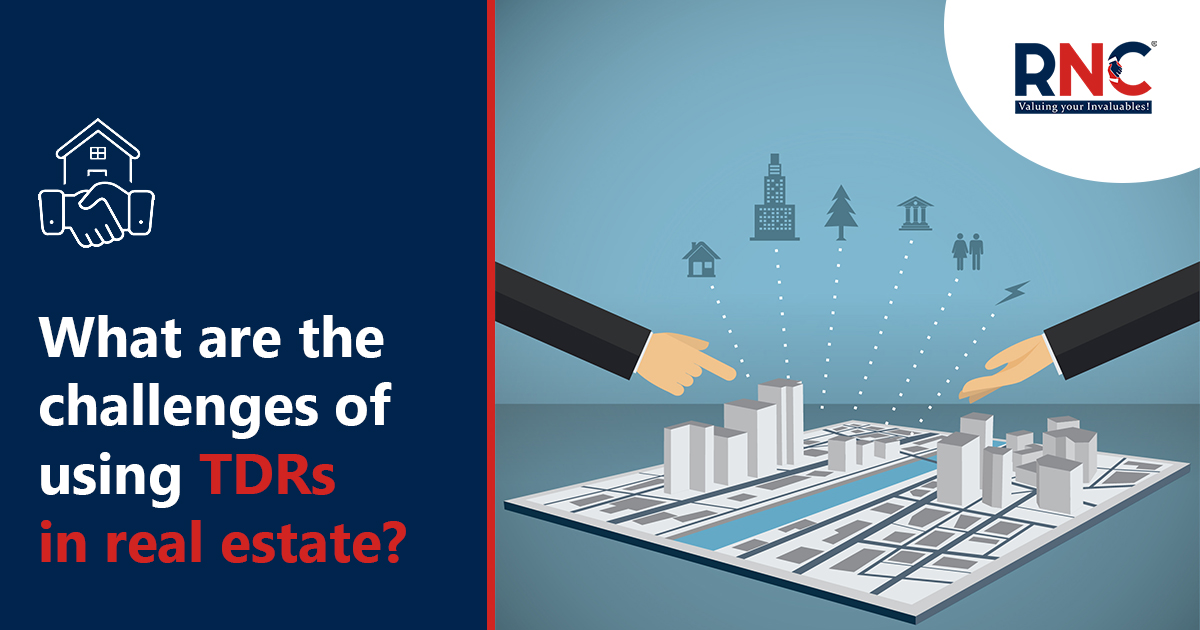
Introduction:
TDRs have developed as an important tool in urban planning, providing a framework for combining development objectives with resource protection. TDR in real estate, like any intricate system, comes with its own set of challenges. This blog will explore some of the difficulties developers, municipalities, and stakeholders face when dealing with transferable development rights.
Complex Regulatory Frameworks:
The extensive regulatory frameworks that regulate their application are one of the key hurdles in using TDRs in real estate. TDR standards and regulations differ greatly from country to jurisdiction, making it challenging for developers to traverse seamlessly. Zoning laws, density limits, and other legal issues can create a maze of complications that necessitate substantial knowledge to maintain compliance. For developers wanting to include TDRs in their projects, the lack of set criteria can lead to uncertainty, delays, and additional expenses.
Read More: Strategic Insights: Valuing Assets in Complicated Deals
Valuation and Market Dynamics:
Estimating the worth of Transferable Development Rights can be difficult. Factors including location, development potential, and market demand, among others, all have an impact on valuation. Inconsistent TDR valuation procedures can lead to disagreements between developers and sellers, thereby impeding the smooth implementation of real estate projects. Furthermore, market factors, such as variations in demand and supply for TDRs, can introduce uncertainty, making it difficult for stakeholders to make informed decisions about when and how to buy and sell these rights.
Community Acceptance and Engagement:
The successful implementation of TDRs frequently depends on community acceptance and engagement. Local inhabitants may object to the transfer of development rights in some situations, fearing changes to the character of their areas. Building trust and understanding requires effective communication and community outreach. Involving the community in decision-making can lead to opposition, legal challenges, and project delays. The ability to strike a balance between development ambitions and community concerns is critical for the efficient use of TDRs in real estate.
Administrative and monitoring challenges:
TDR program implementation and management necessitate efficient administrative systems and monitoring procedures. Municipalities must invest in the infrastructure required to track and enforce TDR transactions, ensuring regulatory compliance. The absence of strong administrative structures might lead to TDR misuse or abuse, jeopardizing the overall system’s integrity. Furthermore, the administrative overhead may stymie TDR program implementation, as municipalities may struggle to devote resources for effective monitoring.
Conclusion:
While Transferable Development Rights offer a valuable tool for achieving urban development goals while preserving essential resources, their implementation in real estate is not without challenges. Navigating complex regulatory frameworks, addressing valuation uncertainties, fostering community acceptance, and establishing effective administrative systems are essential steps in overcoming these hurdles. By acknowledging and proactively addressing these challenges, stakeholders can maximize the benefits of TDRs in Real estate creating sustainable and well-balanced urban environments.
Read trending articles:
Valuation of Investment: Why it is Important for Investors
Future of Investment Banking: Eye-Opening Trends and Challenges to Consider
